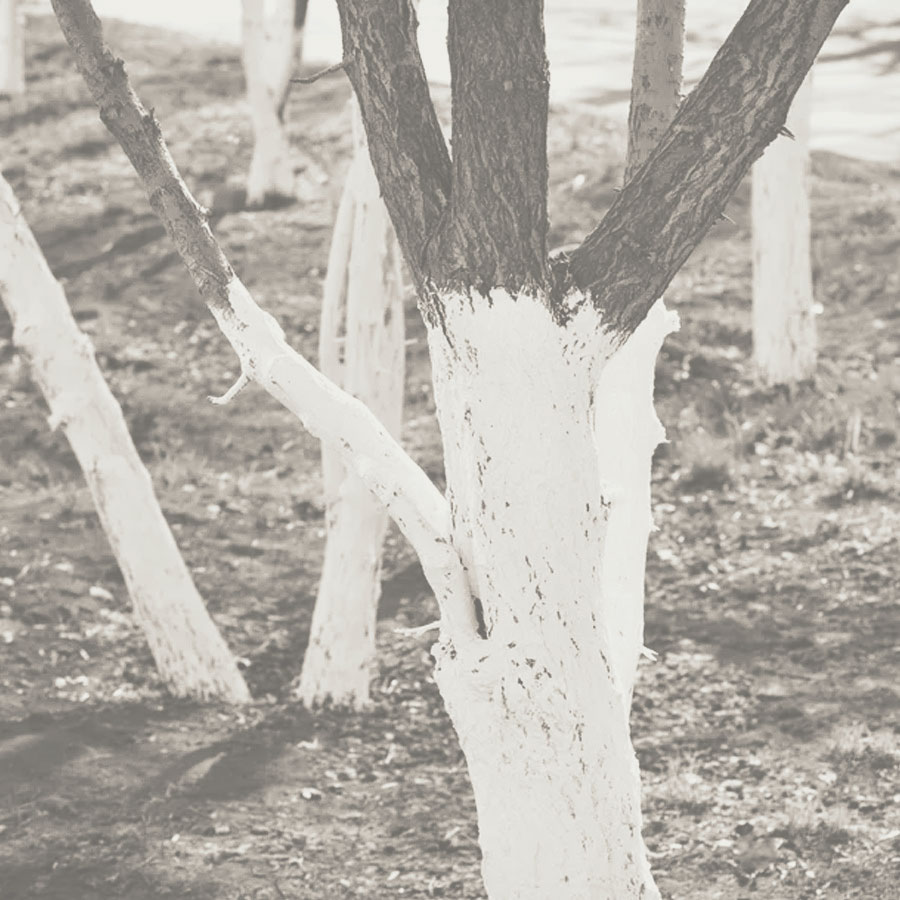Lime is an ancient material that has marked milestones in the millennial history of construction and architecture
During the Roman Empire, lime was widely used as a building material. Even today, works from that period can be found in excellent structural condition thanks to the construction characteristics of this wonderful material.
In the Middle Ages and the Renaissance, the use of the lime was widespread, entrusted to expert craftsman, who greedily guarded its secrets.
Even in the restoration work, the use of seasoned slakedlime (grassello) is most of the time an obligatory choice.
In the aged slakedlime (grassello), the presence of magnesium can impose a long and expensive processing phase, but it manages to give the finished product applied a higher tenacity, which becomes an important characteristic in the formulation of plaster and stucco work.
Lime finishes appear preferable for various aspects, such as plasticity, workability and living well-being. They are vapor permeable and develop an anti-mold and antiseptic action that can be sustained over time. Over the years, the lime decorated surfaces improve the appearance, emphasizing more and more the naturalness of the colors and shades.
The Working Cycle
The lime working cycle starts from the stone and arrives again to the stone, through a series of steps that transform it, separate some elements, and finally recreate its mineral nature but with the shape and appearance that we are looking for, leaving unchanged its naturalness, resistance and breathability.
The Processing steps are:
1. Ciottolo (pebble)
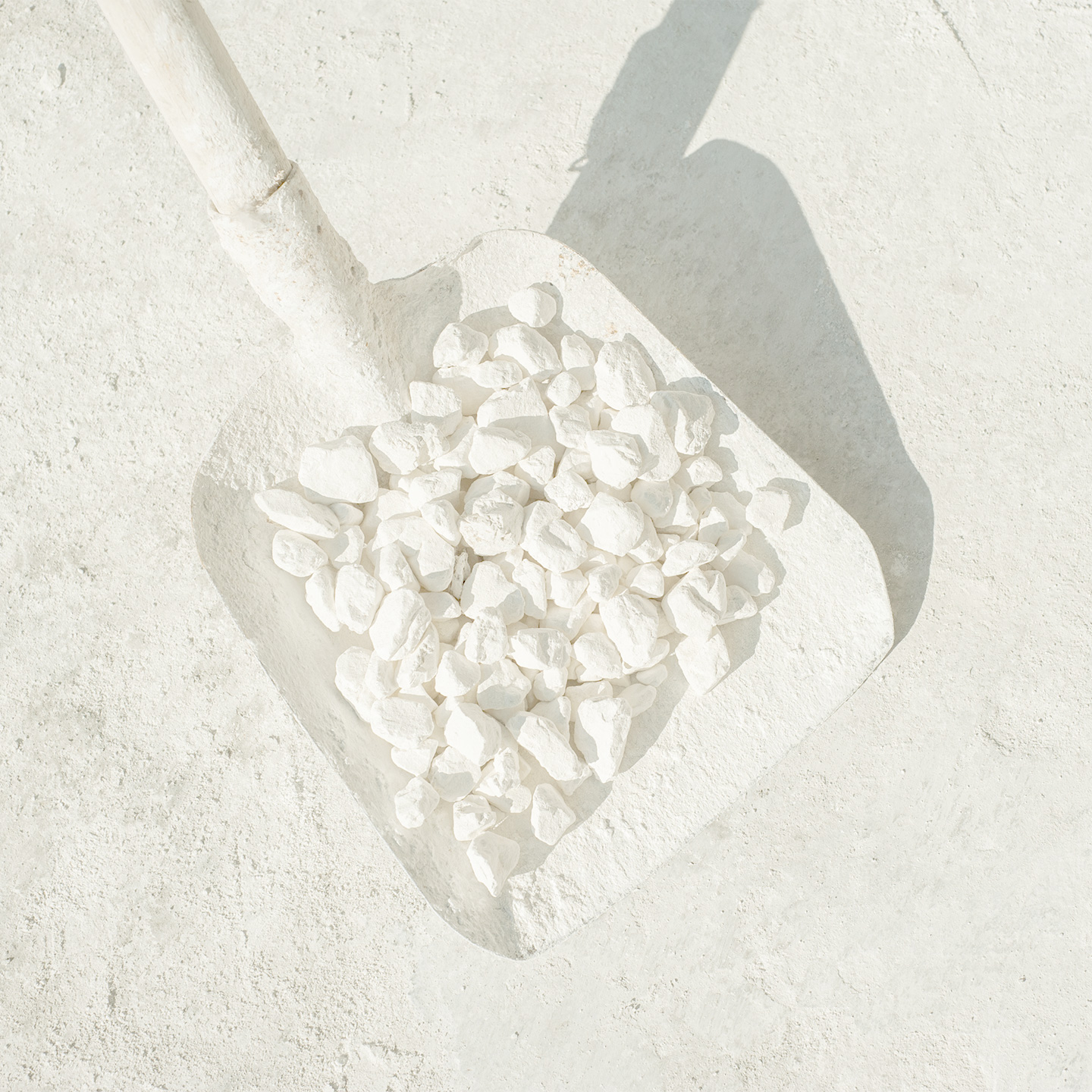
The mineral used for the production of lime is the river pebble, clean and washed out. The pebble is made of calcium carbonate rich in magnesium carbonate, which gives the finished product a high toughness and resistance to atmospheric agents, an important feature in the formulation of lime-based plaster and stucco suitable for outdoor use.
2. Coking the Pebble

The pebble cooking is done in ovens at a constant temperature of 900/1000 degrees centigrade. During this phase, the calcium carbonate and the magnesium carbonate are freed from the carbon dioxide contained in them, the stone thus loses up to a third of its weight. What is obtained is a caustic, unstable substance called calcium (and magnesium) oxide also known as “quicklime”.
Durante questa fase, il carbonato di calcio ed il carbonato di magnesio si liberano dall’anidride carbonica in essi contenuta, e la pietra perde così sino ad un terzo del suo peso.
Ciò che si ottiene è una sostanza caustica, instabile, denominata ossido di calcio (e di magnesio) anche conosciuta come “calce viva”.3. Pebble Shutdown
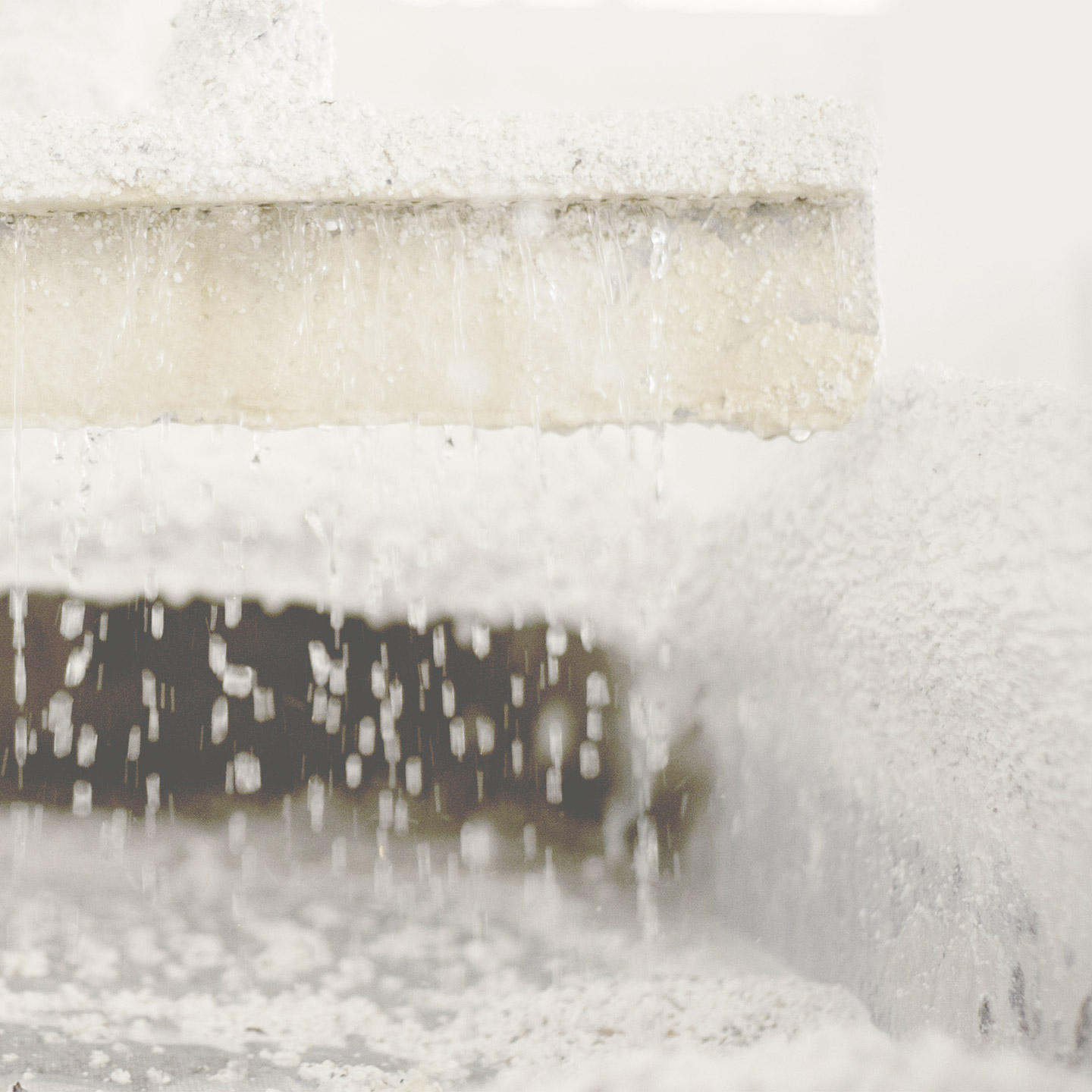
The cooked pebbles “quicklime” are transferred to the extinguishing department introduced into slacker where in continuous and constant contact with water they generate a chemical-physical reaction changing from the solid state to the plastic state better known as “slakedlime” or “grassello”
Tanta più acqua sarà aggiunta nello spegnimento, tanto più efficace sarà la trasformazione chimica degli ossidi in idrossidi, processo che comunque continuerà lentamente durante la fase di stagionatura.4. Ageing Phase
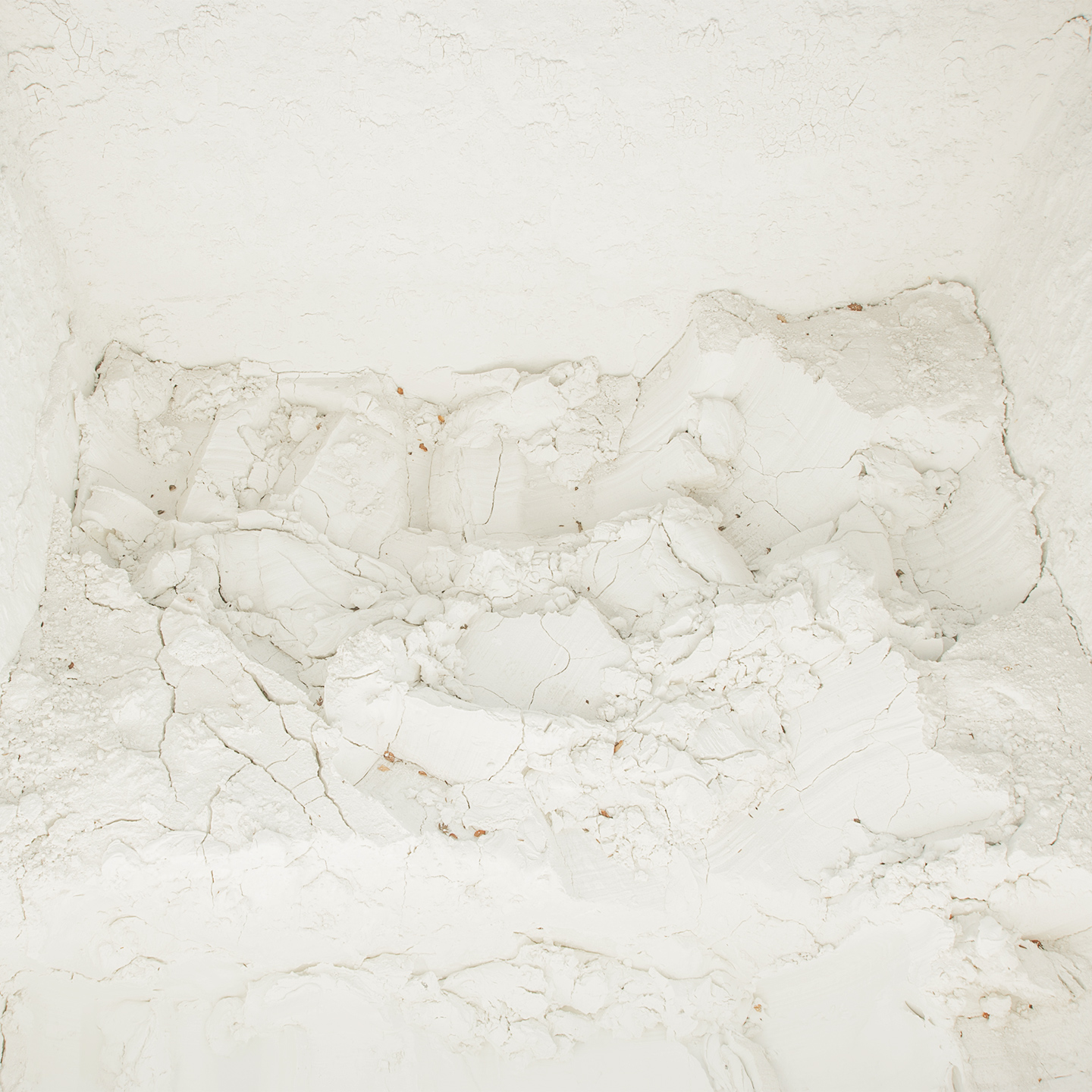
The fresh slaked lime obtained is deposited in pits where the ageing phase begins, which lasts at least 3 months for the lime used in the preparation of the mortars, at 24 months and beyond for that used in the preparation of the finishes. At 3 months the slaked lime has a creamy and soft appearance. After about 24months the crystals of the calcium hydroxide suspension, for subsequent hydration which wets the suspended particles until they become more and more elementary, from “macro” they become “micro “and orient themselves by creating a weak electric field in almost parallel rows, giving porosity and consistency.
Sector of Use
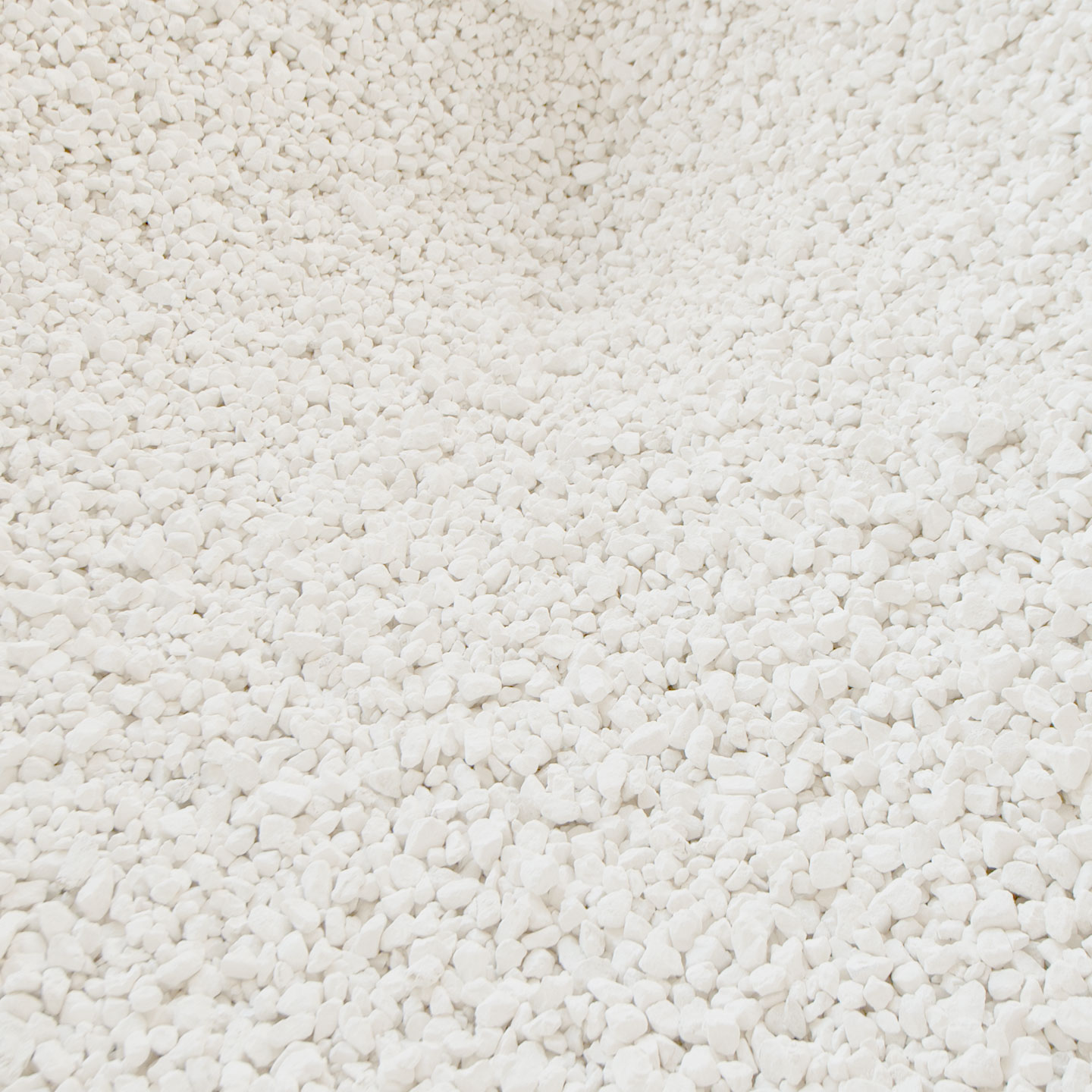
Industry
Calcium oxide for the steel industry

Building
Seasoned lime
Mortar for plaster
Brick powder selected crushed terracotta
